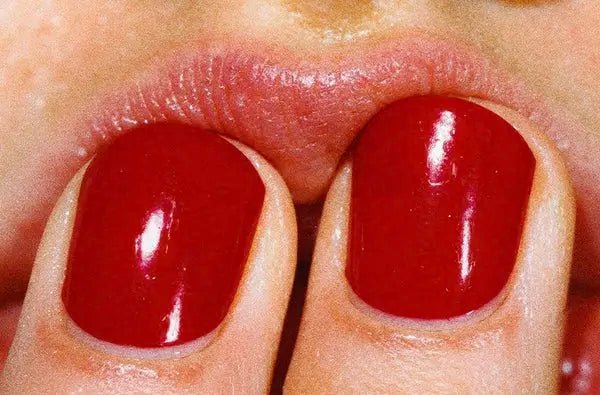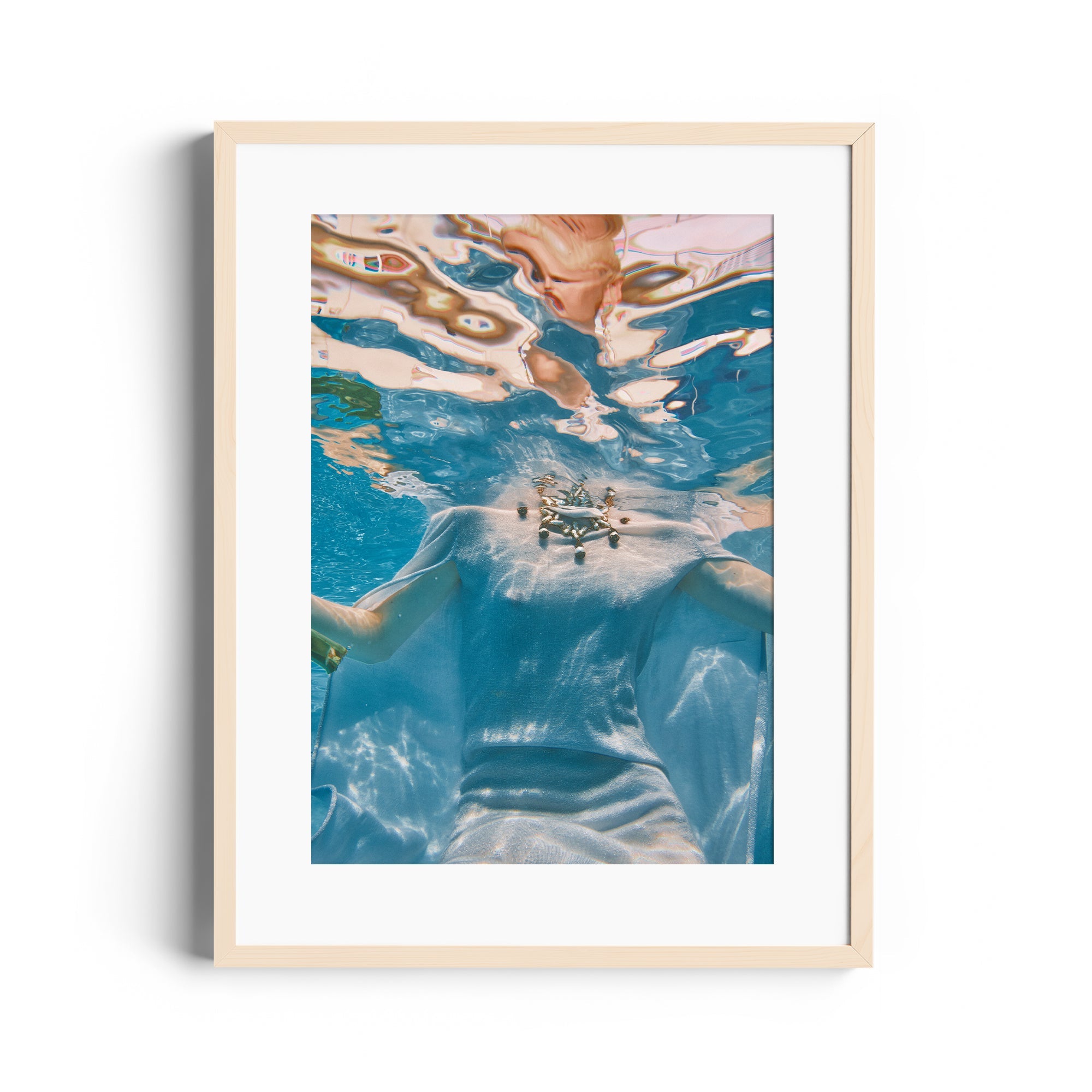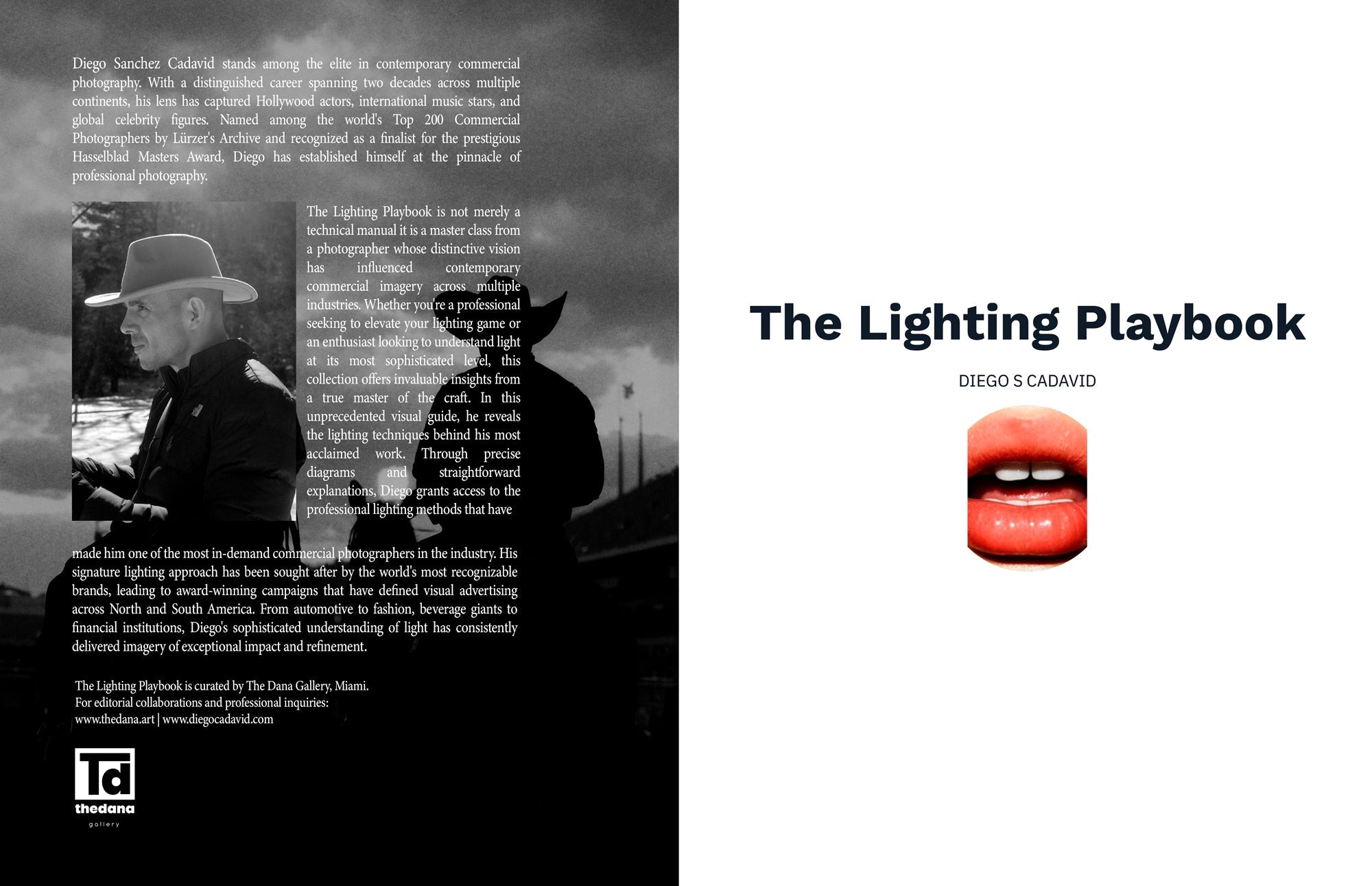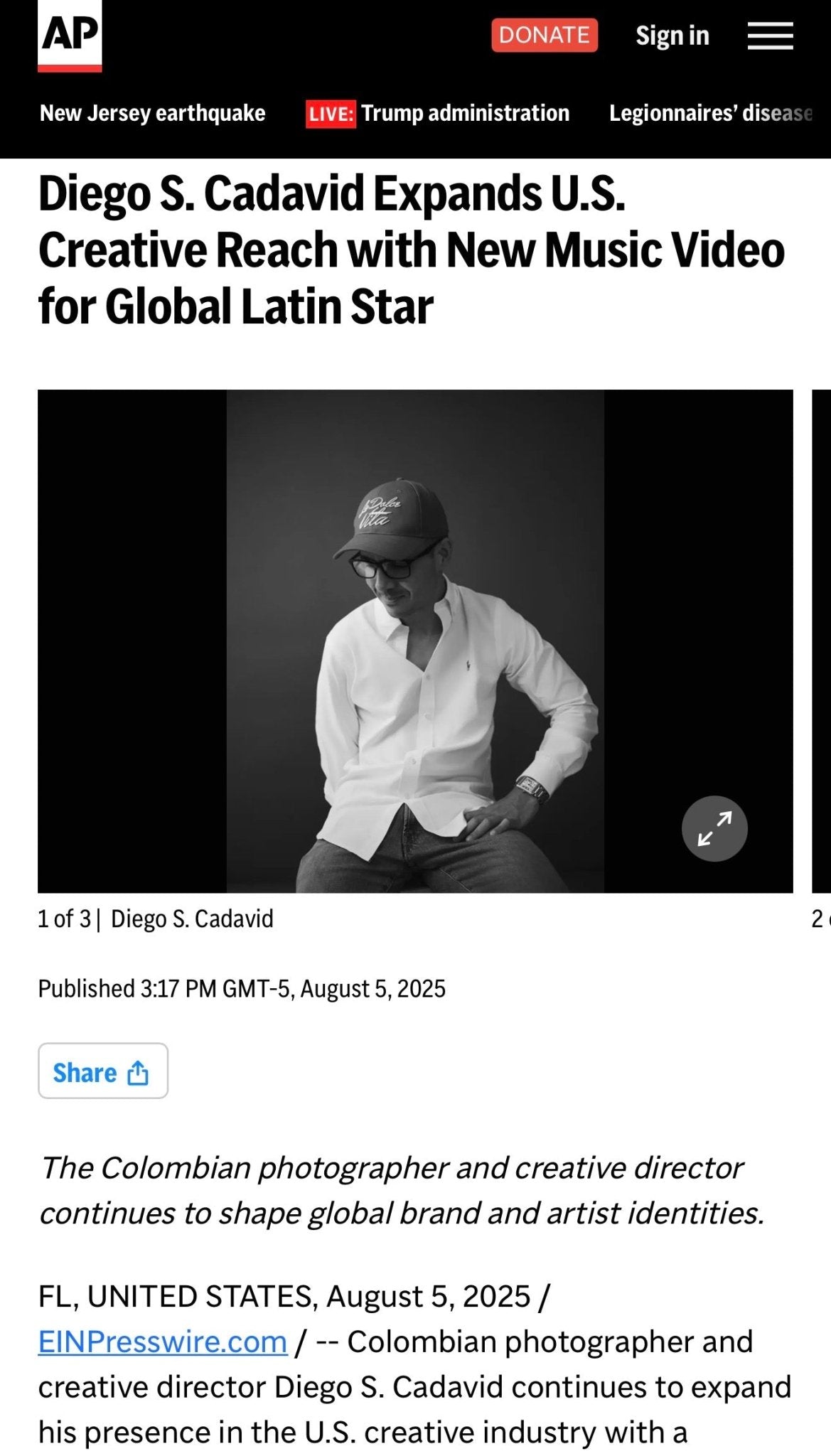
FROM COMMERCIAL PHOTOGRAPHY TO FINE ART:
A PRACTICAL STEP-BY-STEP GUIDE
(How to Reconnect with the Passion That Made You Pick Up a Camera in the First Place)

By Diego Sanchez Cadavid @cadavidmora
https://www.imdb.com/name/nm12228114/?ref_=ext_shr_lnk
https://medium.com/@diegocadavidstudio
Have you ever found yourself meticulously setting up lighting for a commercial client, only to feel your creative connection starting to fade? That spark you once felt replaced by deadlines and technical efficiency? Rest assured: you’re not alone. Many photographers who thrive in the commercial world eventually realize the need to reconnect with their artistic voice.
This guide shows a way to move from advertising photography — with all its technical finesse — into Fine Art Photography, without dismissing your past achievements. On the contrary: your professional experience can become the springboard for a whole new way to create and inspire.


STEP 1: RECOGNIZE THE SIGNS (WHEN IT’S TIME FOR A CHANGE)
Indicators of Creative Fatigue
- No real excitement when you press the shutter
- Relief, rather than satisfaction, once the client approves
- Going through the motions on autopilot
- Personal projects endlessly postponed
- “Technical perfection” that lacks any true creative spark
A Personal Turning Point:
After 15 years working with brands like Pepsi, Coca-Cola, and General Motors, I realized my “technical efficiency” was overshadowing my passion. It’s not that commercial work is bad; it’s simply that my photographic soul needed fresh inspiration beyond the brief. This journey into fine art not only reconnected me with my original passion, but it also brought a surprising creative boost and innovative perspectives to my commercial projects.
For photographers looking to master both technical excellence and rediscover their creative spark, I’ve distilled my experience in “THE LIGHTING PLAYBOOK: Professional Portrait Lighting Setups for Commercial Photography” — now a #1 New Release in Black & White Photography.
As I share in the book, “Light is not about complexity — it’s about control.” This philosophy has guided my work with world-renowned brands and celebrities throughout my distinguished career.
Learn more about mastering versatile lighting configurations that unlock infinite creative possibilities: https://a.co/d/bcg84XU
Diego Sanchez Cadavid is an award-winning photographer and author of “THE LIGHTING PLAYBOOK.” His distinctive black and white portrait style has defined his work with major international brands. Through his technical expertise and artistic vision, Diego helps photographers elevate their commercial work while maintaining creative fulfillment.
STEP 2: TAKE A PAUSE AND RECONNECT WITH YOUR VISION
Making time for freeform photographic exploration is essential. Before diving headlong into large-scale Fine Art projects, give yourself a moment to rediscover what truly excites you.
No-Pressure Day
- Head out to shoot with no briefs, no social media obligations, and no deliverables
- Pay attention to whatever naturally draws your eye
Don’t review your images the same day
- Let them “rest” for 24 hours
Analyze them the following day
- Look for patterns, themes, or recurring scenes that intrigue you
Real-Life Exercise
After years of shooting portraits and commercial campaigns, I devoted a weekend to photographing spontaneous scenes in a coastal neighborhood. I uncovered a kind of magic in everyday details I’d never noticed before.

💡 QUICK TIP: RISK-FREE EXPERIMENTATION
Don’t jeopardize your original files when exploring mixed-media techniques. Always work with duplicates or digital backups so you can experiment fearlessly, without the worry of “ruining” a treasured shot.


STEP 3: EXPERIMENT WITH NEW TECHNIQUES AND ALTERNATIVE PROCESSES
Fine Art Photography thrives on creativity and exploration:
- Physical Interventions
- Print on matte paper and apply acrylic paint strokes or collage elements.
- Analog-Digital Fusion
- Develop film, scan it, and add digital layers in post-production.
- AI as an Ally, Not a Substitute
- Use tools like ComfyUI or Stable Diffusion to modify atmospheres, textures, or backgrounds, but always maintain your own artistic touch.
Transformation Exercise
Take a “failed” commercial photo, print it, and transform it with paint or cut-outs. Scan it again. Sometimes these “mistakes” evolve into truly personal and surprising pieces.
STEP 4: RETHINK YOUR GEAR FOR A MORE INTENTIONAL PACE
While commercial photography often demands speed and versatility, Fine Art values deliberation and calm. If possible, consider:
- Premium Option: Fuji GFX 100S
- Pros: Exceptional image quality, forces you to be more deliberate with each shot
- Challenge: Significant investment (over $5,000)
- Budget-Friendly Alternative: Fuji APS-C System (X-T30, X-T4)
- Pros: Similar creative philosophy at a fraction of the cost
- Tip: Configure it to emulate “medium-format” constraints
- Analog Option: Vintage 35mm Compact Cameras
- Pros: Very affordable (under $100), slower workflow, unpredictable results
⚠️ COMMON PITFALL: GEAR OBSESSION
It’s a myth that you need expensive gear to create Fine Art. Your artistic vision will always matter more than the camera you use. Truly memorable images don’t hinge on technology, but on the strength of your concept and the clarity of your creative voice.
My Fuji Recipe (Cinematic Look)
- Film simulation: Classic Negative
- Dynamic Range: DR200
- Auto-WB Shift: +4 Red, -4 Blue
- Highlights: +1
- Shadows: +0
- Color: +3 (o +1 si busco menos saturación)
- Noise reduction: -4
- Clarity: 0
- Sharpening: 0
- Grain effect: Strong, Grain size: Large
- Color chrome fx: Off
- Color chrome blue: Weak
- Exposure comp: entre +1/3 y +1
With these settings, your JPEGs will have a cinematic look that cuts down on post-production time and lets you focus on the creative process.
No-Spend Trick
Limit yourself to 10 or 15 shots per session. You’ll notice each frame receives more careful attention and expression.
STEP 5: DEVELOP A STRONG CONCEPT
Fine Art is all about intentionality. Unlike the commercial realm (where the client sets the theme), here you decide:
-
Identify Personal Themes
Emotional concerns, social commentary, aesthetic experimentation… -
Create a Mood Board
Color palettes, references, physical or digital clippings. -
Think in Series
A collection of images bound by a unifying narrative thread.
STEP 6: MASTER THE TECHNICAL ASPECTS TO ELEVATE YOUR VISION
Technique doesn’t contradict artistry; it enhances it:
- Fine Art Printing
- Use archival-grade papers (Hahnemühle, Canson, Moab)
- Calibrate your monitor and use ICC profiles
- Organized Workflow
- Plan your session with intention
- Edit without “overcooking” the image
- Run small-scale print tests before going large
- Maintain quality control at every stage
Real-World Tip: Choose paper that suits your artwork best — each type has its pros and cons. Try a sample pack (which is usually inexpensive) that includes all the papers from a given brand. This way, you’ll see how each paper can add (or detract) from your final piece. Also consider whether investing in a large-format printer is worth it for you, or if teaming up with a specialized lab might be more practical.
STEP 7: MONETIZATION AND EXPANDED EXPOSURE
Creating great photos isn’t enough for Fine Art success; you also need to showcase and sell your work strategically.
Fine Art Marketing Models
- Physical Galleries
- Pros: Exposure to established collectors, added credibility, professional sales management.
- Challenges: Commission fees ranging from 40–60%, less control over presentation, competitive selection processes.
- Strategy: Start with emerging galleries or alternative art spaces that welcome developing artists.
- Direct Online Sales
- Realistic Shopify: You can begin with promotional offers, but allocating about $180/month (approx.) allows for plugins and maintenance to provide a professional user experience.
- End-to-End Process: Covers packaging, insured shipping, and inventory management as your sales grow.
- Scaling Hurdles: As sales increase, shipping costs and logistics can become more intricate.
Fine Art Pricing Guide
Non-Limited Reproductions (sizes in inches)
- 21.7" × 27.7": $300
- 26.7" × 34.7": $400
- 33.7" × 44.7": $700
- 36.7" × 49.7": $1,200
- 40.7" × 54.7": $1,500
Limited Editions
By reducing the total number of available copies, you can exponentially increase each piece’s value. Fewer copies boost exclusivity.
Getting Started
- Adjust prices to fit your local market.
- Word of Mouth: Many Fine Art photographers began by gifting or selling select pieces at low cost to influential contacts. Personal recommendations remain some of the best publicity.
🔍 DID YOU KNOW…?
Fine Art photography often sells better when there’s a story or narrative behind it. Documenting your process and inspirations can actually double the perceived value of your work.
STEP 8: FIND YOUR COMMUNITY AND SUPPORT SYSTEM
Transitioning to Fine Art can feel lonely if you don’t connect with people who share similar interests:
Critique Groups
- Get valuable feedback in specialized forums or local meetups.
- Join photography associations with sections dedicated to fine art development.
Learn From Masters, Past and Present
- Study photographers like Sally Mann (intimate vulnerability), Sebastião Salgado (documentary as art), Duane Michals (narrative sequencing), and Francesca Woodman (experimental self-expression).
- Understand their conceptual approach, not just their technical skills.
Creative Collaborations
- Work with painters, writers, or musicians — seeing photography through their perspective enriches your vision.
- Consider partnerships with emerging galleries focused on personal narratives.
Why It Helps: Surrounding myself with diverse artists — not just photographers — expanded what art could be for me. When I shared sketches with colleagues, my “mistakes” were often viewed as unique traits. The right community doesn’t just support you — it challenges you to grow beyond what you thought possible.
STEP 9: EMBRACE NEW TECHNOLOGIES WITH INTENTION
AI and other digital tools can be powerful, but they should serve your vision:
- AI as an Assistant
- Adjust atmospheres, colors, or backgrounds with AI tools, but always keep your own creative judgment intact.
- Hybrid Processes
- Blend analog and digital techniques to achieve truly distinctive outcomes.
- Define Your Boundaries
- Decide how far you’ll let technology intervene before it stops feeling like your own work.
Personal Guideline:
I never let AI generate an image entirely from scratch. I use it to propose variations or textures — always filtered through my artistic voice.


STEP 10: DOCUMENT AND SHARE YOUR PROCESS
The behind-the-scenes story lends humanity and emotional impact to your work:
- Track Your Progress
- Jot down notes or record videos of your sessions and experiments.
- Share Both Struggles and Achievements
- People relate far more to genuine processes than to artificial perfection.
- Shape a Narrative
- Your journey from commercial to Fine Art can inspire others — let them know how.
Real-World Effect
When I began showing my trial and error, clients and collectors started to appreciate the dedication behind each piece, deepening their engagement and valuation of my work.
PRACTICAL CHECKLIST: YOUR 30-DAY PLAN
- Week 1: Reconnection
- One day free of briefs or pressure.
- Review your archive and identify recurring themes.
- Week 2: Experimentation
- Test out a mixed technique (painting, collage, minimal AI).
- Limit yourself to 15 shots per session.
- Week 3: Conceptual Definition
- Create a mood board and commit to at least one project.
- Print small test runs to evaluate papers and textures.
- Week 4: Community and Presentation
- Open a dedicated Fine Art section on your IG/website.
- Get in touch with a critique group or mentor.
- Document the entire process and share it.
FREQUENTLY ASKED QUESTIONS (FAQ)
1) How can I maintain a Fine Art style while working with commercial clients?
Establish up front that your approach is artistic and provide examples. Suggest bolder ideas as your first option, and if that doesn’t work, present a more commercial alternative. You might be surprised how many clients appreciate the unique edge a well-framed Fine Art mindset can bring.
2) When is it reasonable to raise prices for my work?
Consider raising prices when:
- You regularly sell 60–70% of an edition within six months.
- You gain recognition via exhibitions or publications.
- You develop unique processes that add exclusive value.
Increases of 20–30% are usually acceptable without alienating loyal collectors.
5) Should I wait to be 100% sure about my concept before starting?
Not at all. Powerful art often blossoms from exploration and uncertainty. Begin with a rough idea and let it evolve as you create. Many Fine Art projects shift radically from their initial conception to the final form.
CONCLUSION: THE REWARD OF CLAIMING YOUR PASSION
Transitioning from advertising to Fine Art doesn’t mean discarding your commercial experience. It’s an opportunity to merge your technical prowess with the exploration of themes and aesthetics that truly move you. The real payoff isn’t just creating “better photos,” but regaining that electric spark that made you pick up a camera in the first place.
“Each shot should feel as thrilling as the very first. That’s when you rediscover the magic of photography.”
Go for it! An authentic vision, combined with your commercial background, can produce a unique and valuable style for the Fine Art market — and, most importantly, give you the personal satisfaction of creating something that genuinely speaks to you.




